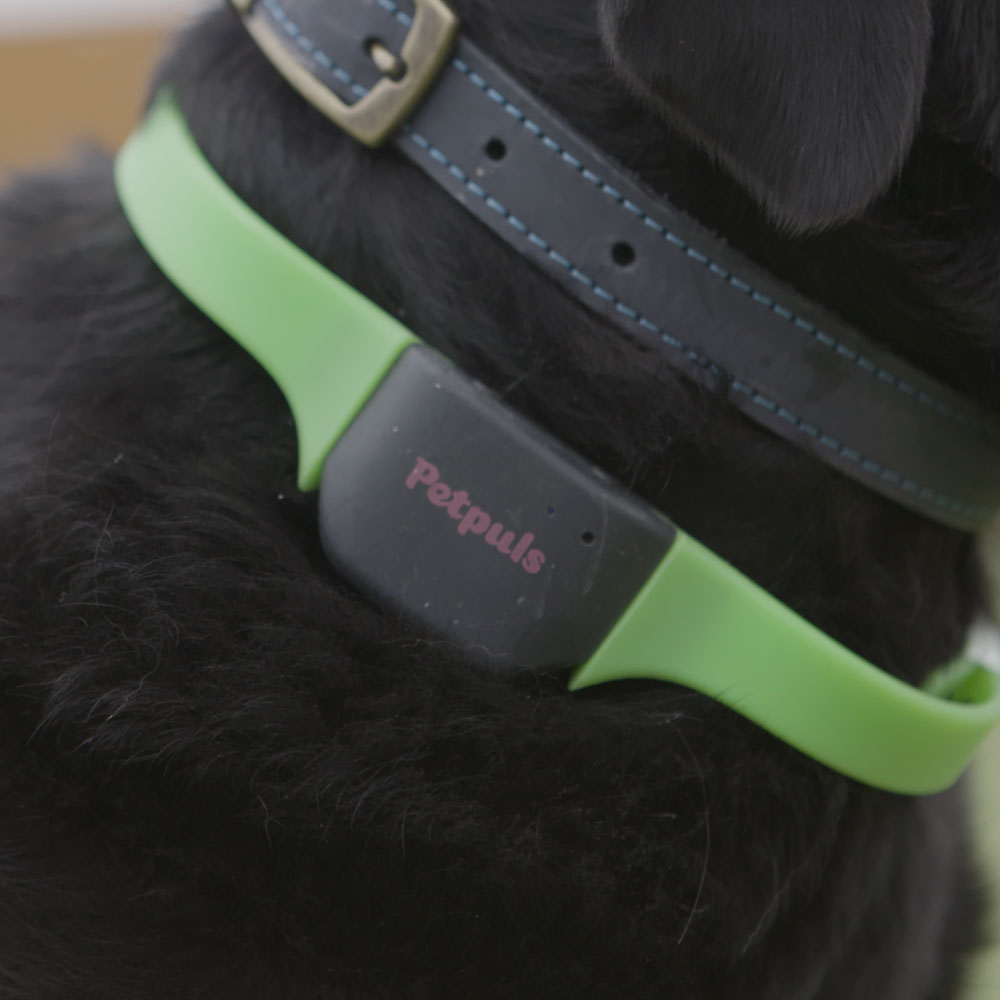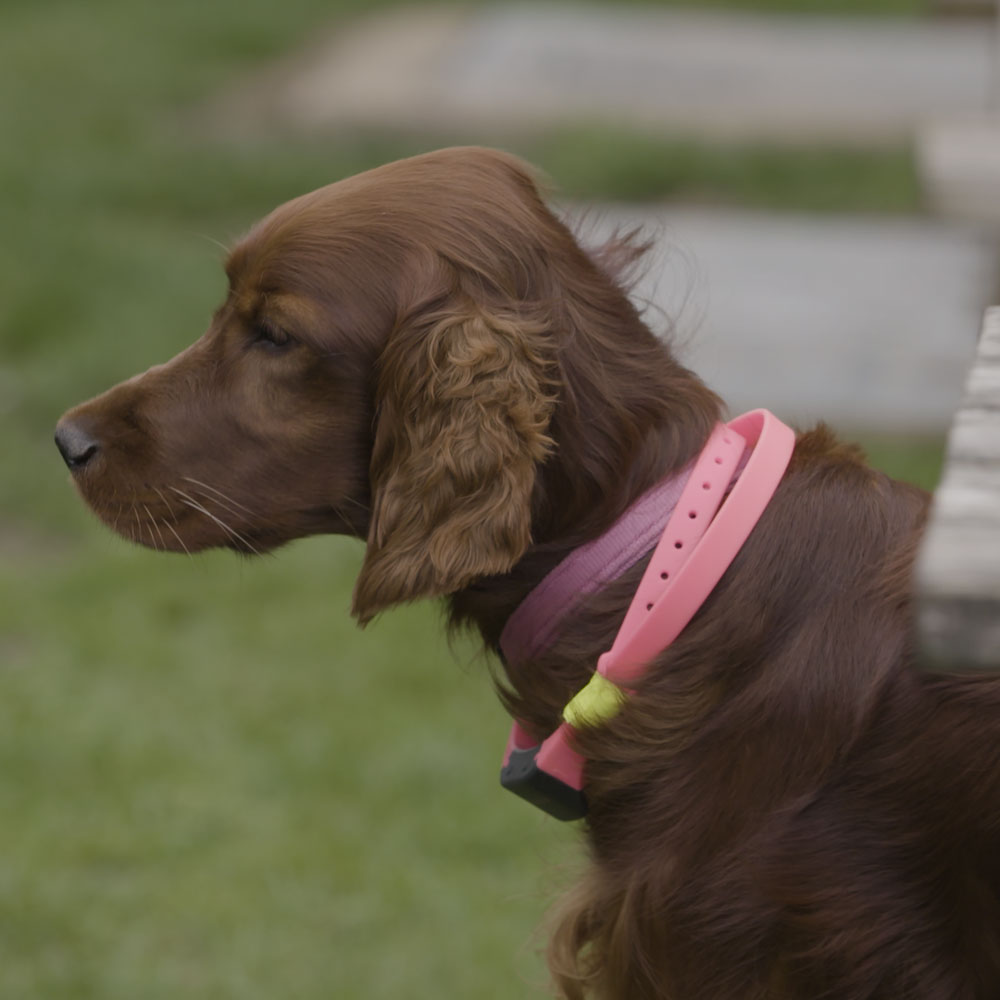Can a smart collar really tell you how your pet is feeling? We put one to the test
The age of smart dog collars is here, but are they worth it? We've asked a dog behaviourist
Smart dog collars – are they the answer to your dog troubles, or are the benefits they're promising a little too good to be true?
Our team has had a chance to test one out on their beloved pups – and roped in a dog behaviourist to get the full low down on the new gadget. Could it save them from cleaning up after an anxious pet, or be little more than an expensive chew toy?
The Petpuls collar is a smart device that claims to be able to tell how a dog is feeling from the sound of its bark. The creators used recordings of 10,000 dog barks to create the smart device that will tell you whether your dog is 'happy', 'anxious', 'sad', or even 'depressed'.

Being able to know whether your dog is being loud because it's excited or agitated may sound like a dream come true for many pet owners. But does the device deliver on its promise?
Two of our team Laura Crombie and Annie Collyer, and their dogs Evie and Doug took the smart collar for a test drive. As well as a passion for all things homes related, Laura has been breeding and showing dogs since she was 10, and is a Crufts commentator, so was keen to really put the collar to the test.
On first impressions, both Annie and Laura agreed that the device itself had a nice design, and the eco-friendly material was a bonus. 'I like that when I go out I can tell if Doug's moving about, it does say that he is usually about 100 per cent rested,’ Annie jokes.
However, the collar did flag up two big issues for Annie and Laura. First of all the smart collar isn't waterproof, which meant no rainy day outings for Doug and Evie with the collar on. Also the internet connectivity wasn't always good, especially outside and during walks, a time when the collar would potentially be most useful.
Sign up to our newsletter for style inspiration, real homes, project and garden advice and shopping know-how

But what about the emotional reading ability? On this Annie and Laura were both a little sceptical. While Annie's pug Doug had registered happy, sad and anxious during the trial, poor Evie's collar had swayed toward negative emotions.
To find out if the collar was really giving an accurate reading Annie and Laura checked in with Adem Fehmi, a dog behaviourist, trainer and Founder of Dog-Ease. Adem is trained to recognise what different dog barks mean, so was intrigued by the idea of the collar.
'My initial thoughts are it's nice if we can collect data on different dog behaviours, it’s just how specific we can be,' he explained.
After trying it on his own dog Penny for a few weeks he said: 'In terms of the barking and the measuring of emotions it seems to me that the science isn't strong enough for that.'
After observing Doug and Evie, Adem agreed that while Doug's content collar reading might be right, Evie reading as sad was definitely not accurate.

'She doesn't look sad at all here,' he said, revealing that he'd had the same issue with Penny. While the collar had registered her mood as sad, it hadn't matched up with what he was observing.
Adem surmised that the collar does need improvement, and for a price tag of around £100 it simple wasn't worth the money. 'There's definitely a place for this science, it's just important that we get it right,' he added. 'Dogs can bark for a number of different reasons, it's got to be more precise to be a valuable tool.'
‘We have a collar that works if you’re on wifi if your dog is a barker, and even then it might not tell you the right emotions for your dogs,' says Laura.
Our team of experts and doggy friends decided that while the Petpuls smart dog collar might be a good idea in theory. You might want to save your money for a dog behaviourist session until the collar kinks have been worked out.
Anna Cottrell is Consumer Editor across Future's home brands. She moved to the world of interiors from academic research in the field of English Literature and photography. She is the author of London Writing of the 1930s and has a passion for contemporary home decor and gardening.